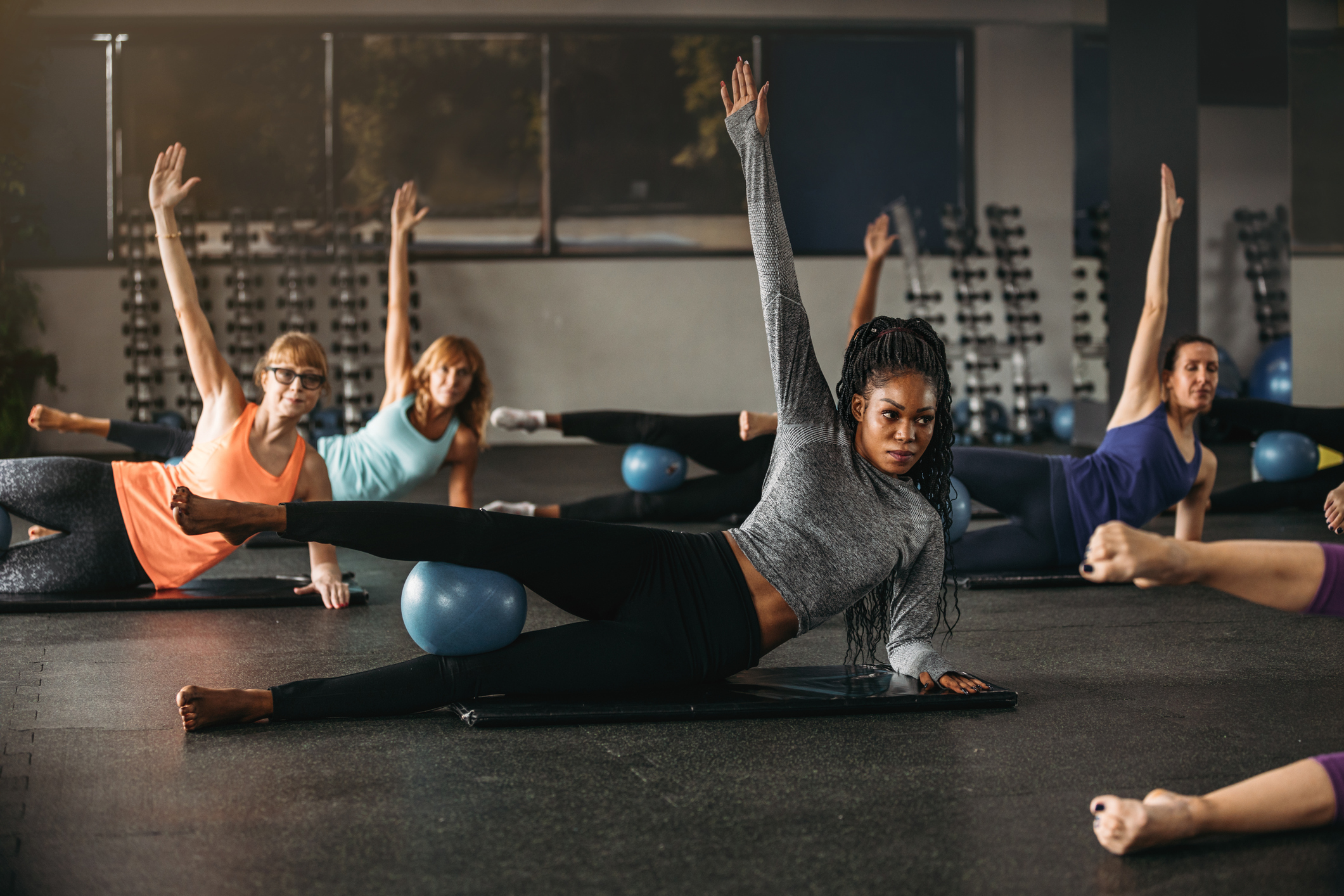Body
If you are an expecting parent, one of your biggest concerns is likely whether you have everything you need. Social media makes feeling like you need everything under the sun to keep our baby happy and comfortable even more pronounced. However, some popular items actually can hinder your baby’s development and are best if used infrequently (or even left at the store).
Below are common toys and equipment our Shirley Ryan AbilityLab expert pediatric physical therapists and movement specialists list as "recommended," ”recommended for minimal use" or "not recommended" for your child’s development.
Recommended for Pediatric Development
Body
The following toys and equipment are recommended to use with your baby or toddler during playtime. They encourage normal physiological development with focus on freedom of movement.
- Nursing pillows
- Playpens
- Activity mats
- Push toys
- Activity centers without seats
- Climbing toys (like Pikler triangles, foam blocks etc.)
- Child-sized table and chairs
Recommended for Minimal Use
Body
The following toys and play seats are recommended for minimal use — approximately 20 minutes at a time each day — because they position your child in abnormal positions for their age, which hinders movement.
- Plastic seats (e.g. Bumbo)
- Sit-me-up floor seats
- Standing activity centers
Not Recommended
Body
The following toys and equipment are not recommended to use with your child. They are more likely to teach your infant abnormal movement strategies and possibly even hinder their long-term development.
- Jumpers (stand alone or door)
- Baby walkers
Two Important Notes for Parents
Body
Safety is the number one priority and having somewhere to place your baby and keep them safe while you cook, clean or take a shower is a new parent necessity. Instead of a “container” to keep your baby, we recommend a playpen to allow freedom of movement and development with toys they can explore from all angles, especially as they grow. Remember, babies are born without the ability to maintain an upright position for a reason. If you put them in positions their body isn’t meant for yet, they will adapt to it and likely develop abnormal movement patterns as a result.
These recommendations are intended for typically developing infants and toddlers. If you notice any consistent asymmetries, lack of meeting milestones or other concerns, consult your pediatrician, physical therapist or occupational therapist for recommendations specific to your child.
Learn More About Pediatric Rehabilitation
Mentioned Page
Pediatric & Adolescent Rehabilitation
ConditionAbout Marley Owen, PT, DPT
Body
Marley is a physical therapist on the inpatient side of the Pediatrics floor at the Shirley Ryan AbilityLab. She has been a physical therapist with specialty focus in pediatrics since graduating from Ithaca College as a doctor of physical therapy in 2017. A Rhode Island native, Marley moved to Chicago and began working at Shirley Ryan AbilityLab in 2018.

